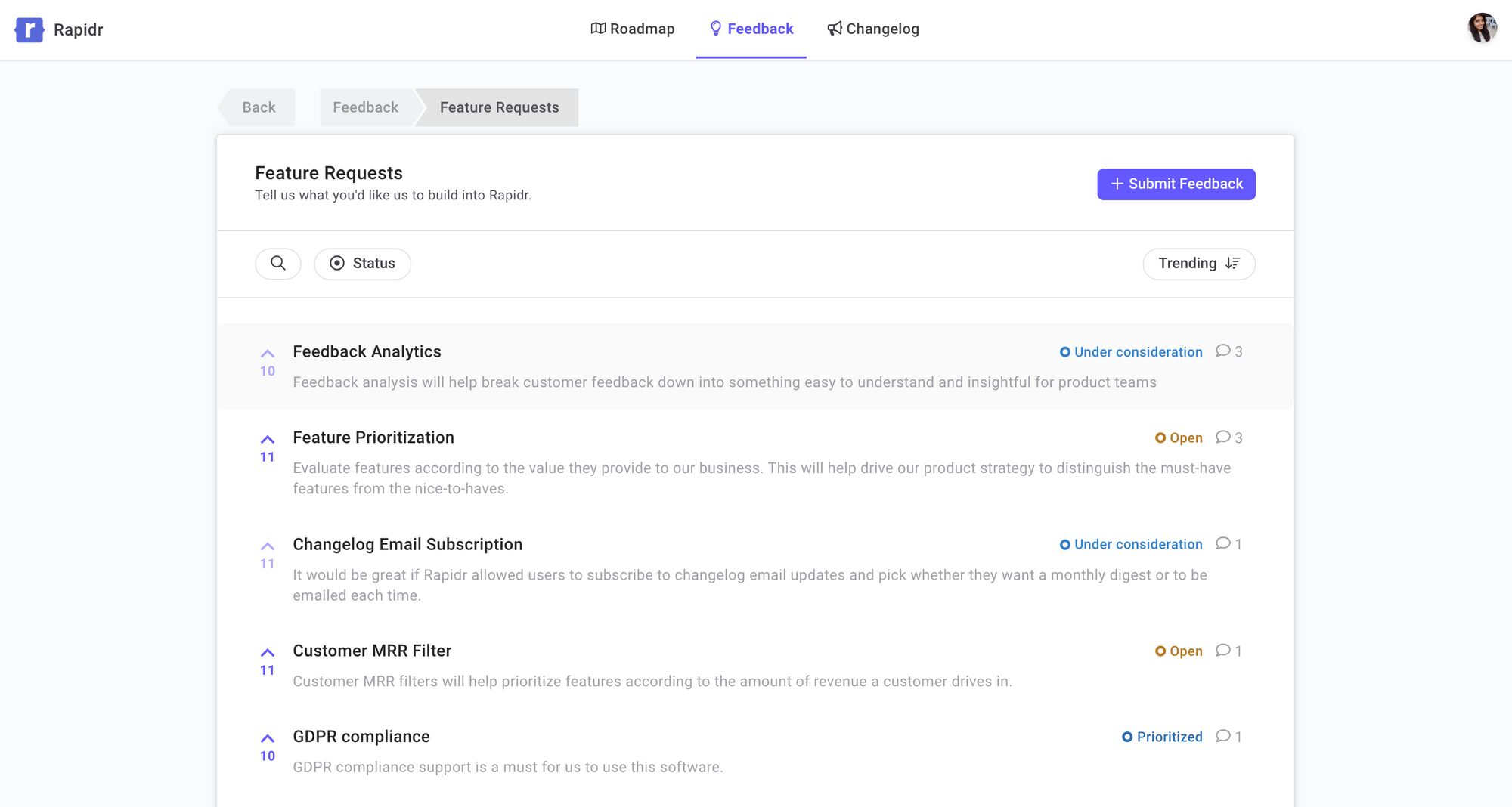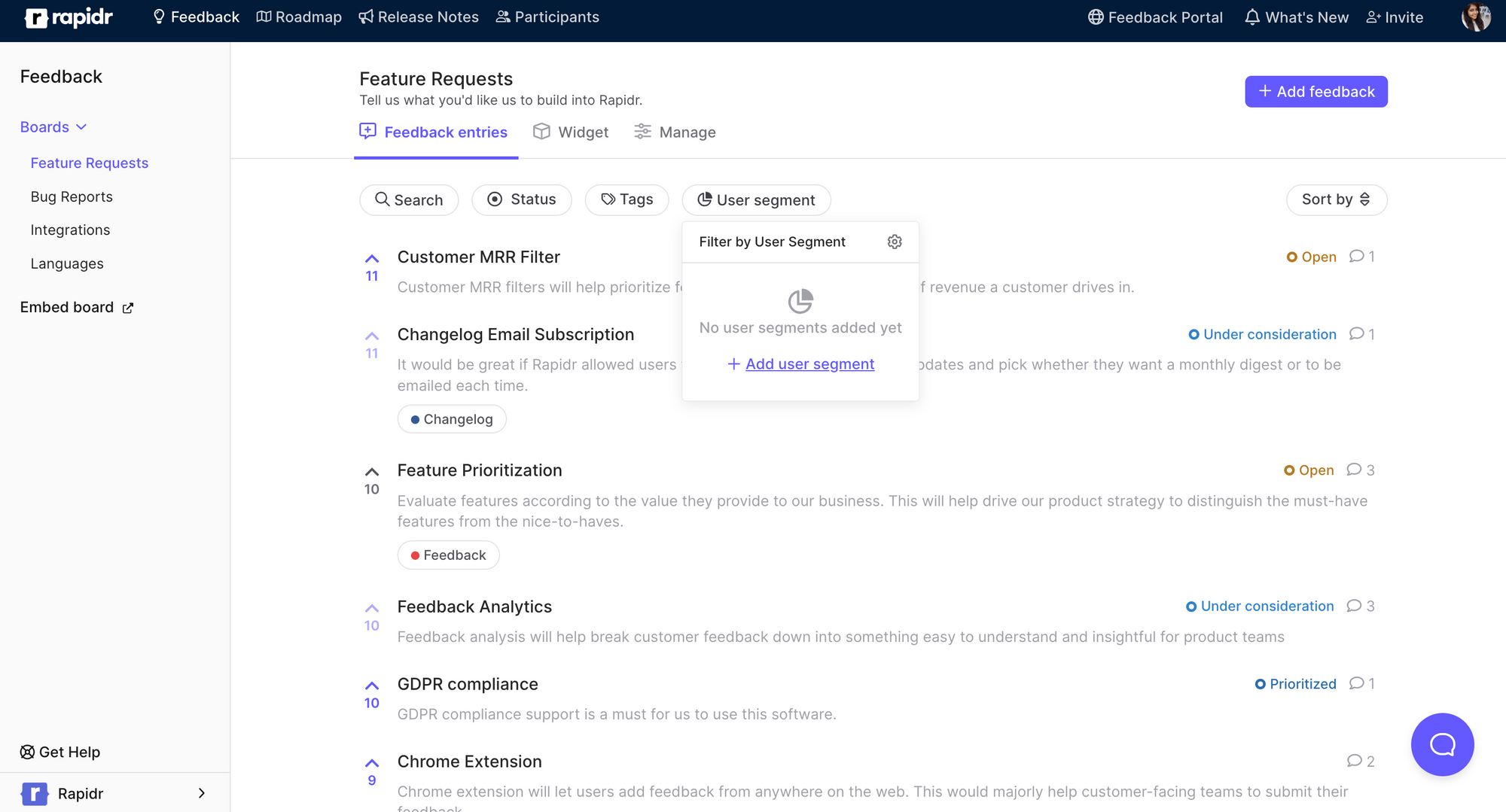
Tips to Create and Test a Value Hypothesis: A Step-by-Step Guide
Developing a robust value hypothesis is crucial as you bring a new product to market, guiding your startup toward answering a genuine market need. Constructing a verifiable value hypothesis anchors your product's development process in customer feedback and data-driven insight rather than assumptions.
This framework enables you to clarify the potential value your product offers and provides a foundation for testing and refining your approach, significantly reducing the risk of misalignment with your target market. To set the stage for success, employ logical structures and objective measures, such as creating a minimum viable product, to effectively validate your product's value proposition.
What Is a Verifiable Value Hypothesis?
A verifiable value hypothesis articulates your belief about how your product will deliver value to customers. It is a testable prediction aimed at demonstrating the expected outcomes for your target market.
To ensure that your value hypothesis is verifiable, it should adhere to the following conditions:
- Specific: Clearly defines the value proposition and the customer segment.
- Measurable: Includes metrics by which you can assess success or failure.
- Achievable: Realistic based on your resources and market conditions.
- Relevant: Directly addresses a significant customer need or desire.
- Time-Bound: Has a defined period for testing and validation.
When you create a value hypothesis, you're essentially forming the backbone of your business model. It goes beyond a mere assumption and relies on customer feedback data to inform its development. You also safeguard it with objective measures, such as a minimum viable product, to test the hypothesis in real life.
By articulating and examining a verifiable value hypothesis, you understand your product's potential impact and reduce the risk associated with new product development. It's about making informed decisions that increase your confidence in the product's potential success before committing significant resources.
Value Hypotheses vs. Growth Hypotheses
Value hypotheses and growth hypotheses are two distinct concepts often used in business, especially in the context of startups and product development.
Value Hypotheses: A value hypothesis is centered around the product itself. It focuses on whether the product truly delivers customer value. Key questions include whether the product meets a real need, how it compares to alternatives, and if customers are willing to pay for it. Valuing a value hypothesis is crucial before a business scales its operations.
Growth Hypotheses: A growth hypothesis, on the other hand, deals with the scalability and marketing aspects of the business. It involves strategies and channels used to acquire new customers. The focus is on how to grow the customer base, the cost-effectiveness of growth strategies, and the sustainability of growth. Validating a growth hypothesis is typically the next step after confirming that the product has value to the customers.
In practice, both hypotheses are crucial for the success of a business. A value hypothesis ensures the product is desirable and needed, while a growth hypothesis ensures that the product can reach a larger market effectively.
Tips to Create and Test a Verifiable Value Hypothesis
Creating a value hypothesis is crucial for understanding what drives customer interest in your product. It's an educated guess that requires rigor to define and clarity to test. When developing a value hypothesis, you're attempting to validate assumptions about your product's value to customers. Here are concise tips to help you with this process:
1. Understanding Your Market and Customers
Before formulating a hypothesis, you need a deep understanding of your market and potential customers. You're looking to uncover their pain points and needs which your product aims to address.
Begin with thorough market research and collect customer feedback to ensure your idea is built upon a solid foundation of real-world insights. This understanding is pivotal as it sets the tone for a relevant and testable hypothesis.
- Define Your Value Proposition Clearly: Articulate your product's value to the user. What problem does it solve? How does it improve the user's life or work?
- Identify Your Target Audience. Determine who your ideal customers are. Understand their needs, pain points, and how they currently address the problem your product intends to solve.
2. Defining Clear Assumptions
The next step is to outline clear assumptions based on your idea that you believe will bring value to your customers. Each assumption should be an assertion that directly relates to how your customers will find your product valuable.
For example, if your product is a task management app, you might assume that the ability to share task lists with team members is a pain point for your potential customers. Remember, assumptions are not facts—they are educated guesses that need verification.
3. Identify Key Metrics for Your Hypothesis Test
Once you've defined your assumptions, delineate the framework for testing your value hypothesis. This involves designing experiments that validate or invalidate your assumptions with measurable outcomes. Ensure that your hypothesis can be tested with measurable outcomes. This could be in the form of user engagement metrics, conversion rates, or customer satisfaction scores.
Determine what success looks like and define objective metrics that will prove your product's value. This could be user engagement, conversion rates, or revenue. Choosing the right metrics is essential for an accurate test. For instance, in your test, you might measure the increase in customer retention or the decrease in time spent on task organization with your app. Construct your test so that the results are unequivocal and actionable.
4. Construct a Testable Proposition
Formulate your hypothesis in a way that can be tested empirically. Use qualitative research methods such as interviews, surveys, and observation to gather data about your potential users. Formulate your value hypothesis based on insights from this research. Plan experiments that can validate or invalidate your value hypothesis. This might involve A/B testing, user testing sessions, or pilot programs.
A good example is to posit that "Introducing feature X will increase user onboarding by Y%." Avoid complexity by testing one variable simultaneously. This helps you identify which changes are actually making a difference.
5. Applying Evidence to Innovation
When your data indicates a promising avenue for product development, it's imperative that you validate your growth hypothesis through experimentation. Align your value proposition with the evidence at hand.
Develop a simplified version of your product that allows you to test the core value proposition with real users without investing in full-scale production. Start by crafting a minimum viable product (MVP) to begin testing in the market. This approach helps mitigate risk by not investing heavily in unproven ideas. Use analytics tools to collect data on how users interact with your MVP. Look for patterns that either support or contradict your value hypothesis.
If the data suggests that your value hypothesis is wrong, be prepared to revise your hypothesis or pivot your product strategy accordingly.
6. Gather Customer Feedback
Integrating customer feedback into your product development process can create a more tailored value proposition. This step is crucial in refining your product to meet user needs and validate your hypotheses.
Use customer feedback tools to collect data on how users interact with your MVP. Look for patterns that either support or contradict your value hypothesis. Here are some ways to collect feedback effectively:
- Surveys
- Feedback portals
- User testing sessions
- In-app feedback
- Website widgets
- Direct interviews
- Focus groups
- Feedback forums
Create a centralized place for product feedback to keep track of different types of customer feedback and improve SaaS products while listening to their customers. Rapidr helps companies be more customer-centric by consolidating feedback across different apps, prioritizing requests, having a discourse with customers, and closing the feedback loop.

7. Analyze and Iterate Quickly
Review the data and analyze customer feedback to see if it supports your hypothesis. If your hypothesis is not supported, iterate on your assumptions, and test again. Keep a detailed record of your hypotheses, experiments, and findings. This documentation will help you understand the evolution of your product and guide future decision-making.
Use the feedback and data from your tests to make quick iterations of your product and drive product development. This allows you to refine your value proposition and improve the fit with your target audience. Engage with your users throughout the process. Real-world feedback is invaluable and can provide insights that data alone cannot.
- Identify Patterns: What commonalities are present in the feedback?
- Implement Changes: Prioritize and make adjustments based on customer insights.

9. Align with Business Goals and Stay Customer-Focused
Ensure that your value hypothesis aligns with the broader goals of your business. The value provided should ultimately contribute to the success of the company. Remember that the ultimate goal of your value hypothesis is to deliver something that customers find valuable. Maintain a strong focus on customer needs and satisfaction throughout the process.
10. Communicate with Stakeholders and Update them
Keep all stakeholders informed about your findings and the implications for the product. Clear communication helps ensure everyone is aligned and understands the rationale behind product decisions. Communicate and close the feedback loop with the help of a product changelog through which you can announce new changes and engage with customers.

Conclusion
Understanding and validating a value hypothesis is essential for any business, particularly startups. It involves deeply exploring whether a product or service meets customer needs and offers real value. This process ensures that resources are invested in desirable and useful products, and it's a critical step before considering scalability and growth.
By focusing on the value hypothesis, businesses can better align their offerings with market demand, leading to more sustainable success. Placing customer feedback at the center of the process of testing a value hypothesis helps you develop a product that meets your customers' needs and stands out in the market.
Rapidr helps companies be more customer-centric by consolidating feedback across different apps, prioritizing requests, having a discourse with customers, and closing the feedback loop.

